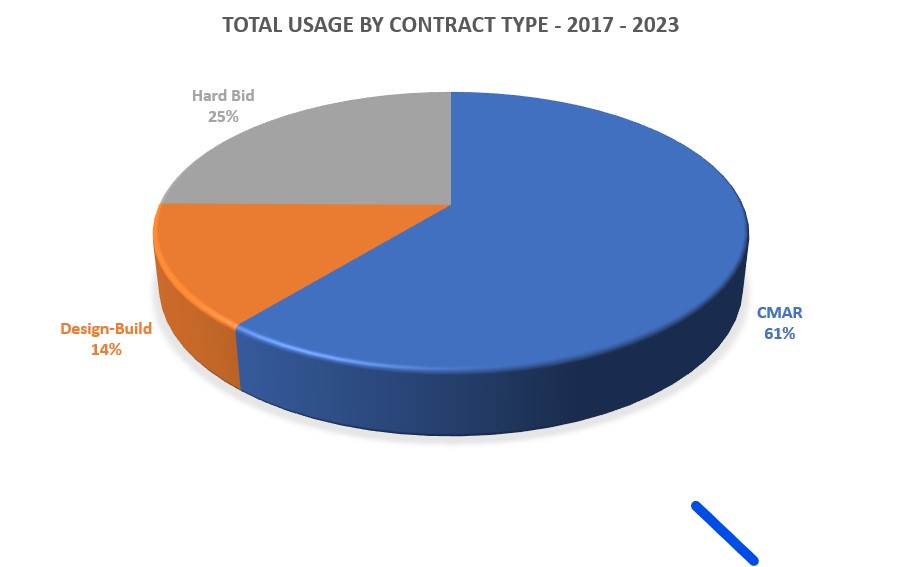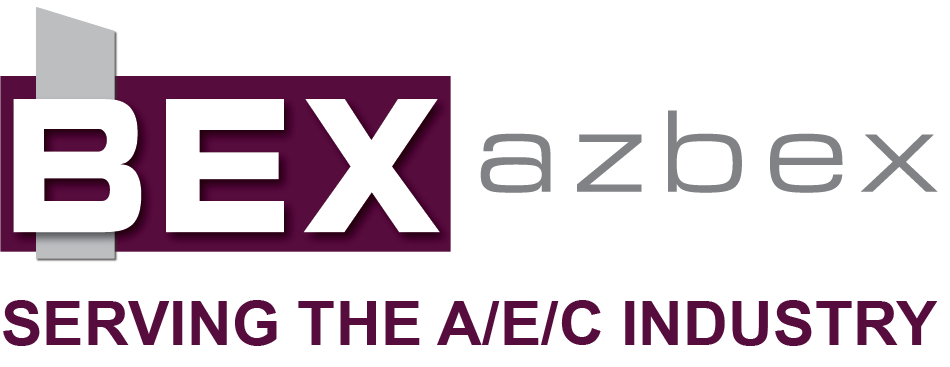By Rebekah Morris for AZBEX
Now that the reauthorization of the regional half-cent transportation sales tax, Proposition 400E, has been moved forward and will go to voters in 2024, the next legislative hurdle impacting the Arizona construction industry is starting to take shape.
ARS titles 28 and 34, which govern the majority of public procurements and the use of Alternative Project Delivery Methods, such as Construction Manager at Risk, Design-Build and Job Order Contracting, have provisions that expire in 2025.
Specifically, if the current law sunsets, cities/towns/counties will no longer be able to enter into contracts using the CMAR delivery method for horizontal projects after June 30, 2025 (See ARS Title 34-603, all the way at the bottom).
The Arizona Department of Transportation will no longer be able to enter into a contract using CMAR or JOC after Dec. 31, 2025 (See ARS Title 28-7366, about ¾ of the way down).
Title 41, which governs other state facilities, has no such sunset provision. Title 41 applies to state buildings and public schools and higher education construction; those procurements would not be affected.
Use of CMAR Alone Averages $2.4B per Year
I recently completed an analysis of APDM usage by exporting data from DATABEX and comparing delivery methods over time. From 2017 – 2023, roughly $2.4B per year is contracted using CMAR (JOC is below the $5M DATABEX threshold and thus is specifically excluded from this analysis). Design-Build is less frequently used but still averages $500M+ per year in contract activity. Hard bid or low bid activity for major projects comes in at roughly $1B per year.

Altogether, the data set of more than 1,000 individual public procurements represents more than $27B in construction activity across the six-year review period. The impact cannot be overstated: This contract type is heavily relied upon and beneficial to the industry and the municipalities that use them.
The use of APDM has been widely adopted and, by all accounts, appreciated by both industry and public agencies. Primary benefits to the public entities include: a reduced chance of litigation at the end of the project, less chance for budget overruns, speed to market, and the ability to use qualified contractors instead of being forced to use the low bidder. Contractors and design firms benefit from a more collaborative relationship, the ability to offer solutions and constructability options earlier in the process, and a higher quality end product.
Low bid contracts are still deployed where they make sense: low risk of unknowns, lower complexity projects that are heavy on commodities and where design can be fully completed prior to the procurement being issued for construction bids.
For all public projects tracked in DATABEX, 60.89% by volume use CMAR, 14.27% use Design-Build, and the last 24.84% are delivered using low bid.

The most common project types using CMAR include Wet Utilities, Transit, Municipal Buildings, K12 and Higher Education. Design Build is more commonly used for major highway construction, Higher Education, Aviation and Wet Utilities. Hard bid is most common for Highways/Roads & Streets and Wet Utilities.
2025 is Not That Far Off
While 2025 may seem distant and entirely too far away to worry about, resolving the issue will move at the speed of legislation. The need is urgent to secure extensions or removal of the sunset dates during the 2024 session. If for any reason the effort does not come to pass in the 2024 legislative session, the 2025 session becomes critical and will most likely lead to a gap in contracting ability, creating a disruption in public procurement and industry.
Industry partners representing both design and construction will most likely take the lead on any future legislative efforts, gathering input from stakeholders including the public sector. Stay tuned for more on this developing story.

